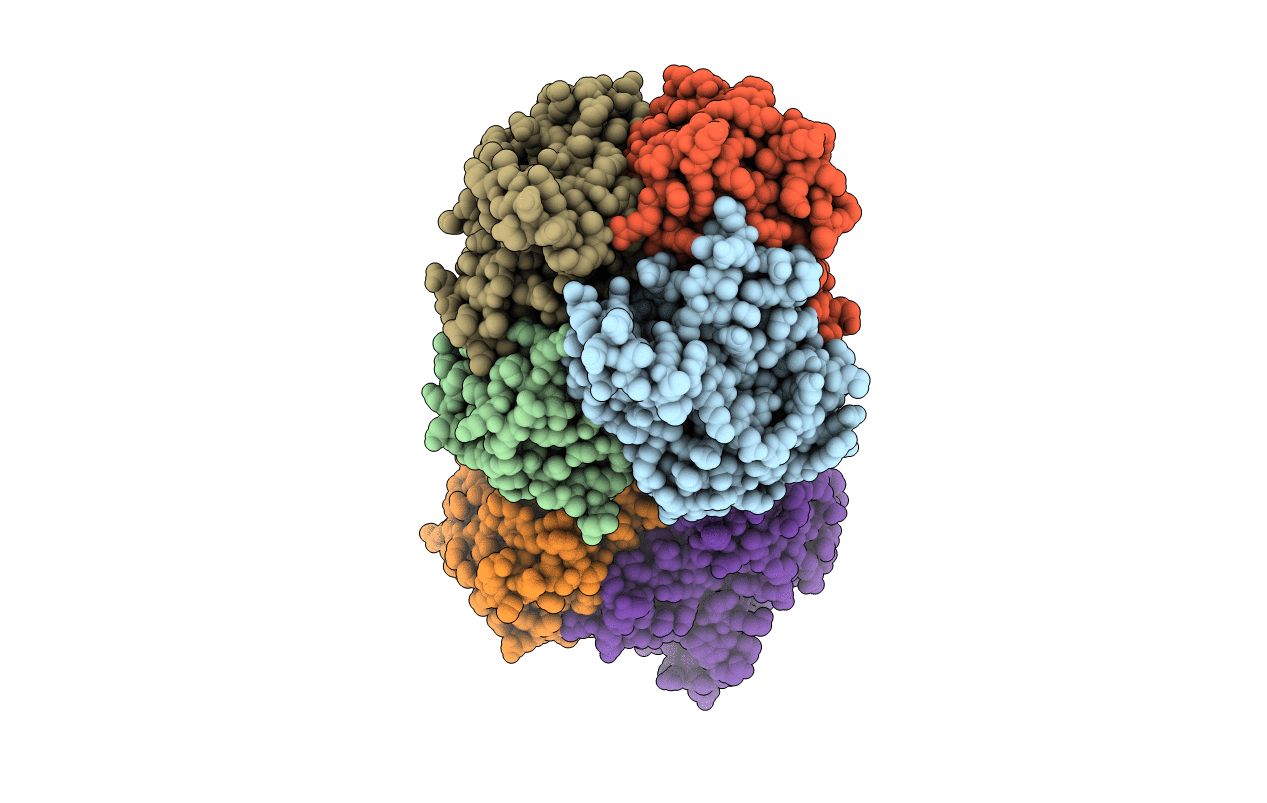
Deposition Date
2015-11-17
Release Date
2016-08-03
Last Version Date
2024-03-20
Entry Detail
PDB ID:
5B12
Keywords:
Title:
Crystal structure of the B-type halohydrin hydrogen-halide-lyase mutant F71W/Q125T/D199H from Corynebacterium sp. N-1074
Biological Source:
Source Organism:
Corynebacterium sp. (Taxon ID: 1720)
Host Organism:
Method Details:
Experimental Method:
Resolution:
1.72 Å
R-Value Free:
0.19
R-Value Work:
0.16
R-Value Observed:
0.16
Space Group:
C 2 2 21


